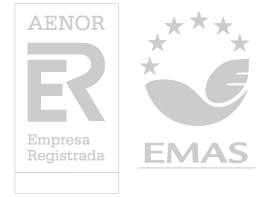INTRODUCTION TO PHOTOVOLTAIC POWER SYSTEMS (2024/25)
- Desde: 5/9/24
- Hasta: 27/2/26
- Campus de Valencia
- Idioma: Inglés
- Online
Preinscripción desde el 21/6/24
Matrícula disponible hasta el 31/8/25
Una vez aceptada tu matrícula dispones de 180 días para finalizar el curso
Promovido por:
Instituto Interuniversitario de Investigación de Reconocimiento Molecular y Desarrollo Tecnológico
Responsable de la actividad:
Salvador Seguí Chilet
Consulta las condiciones específicas de la actividad
Modalidad
| Presencial | Online | Emisión en directo |
|---|---|---|
|
0 horas |
60 horas |
0 horas |
| Lugar de impartición |
|---|
| TOTALLY online (UPV educational platform: PoliformaT) |
Aprovechamiento
ONLINE
2024-2025
6
Valencia
Presenciales
Online
| Precio | Colectivo | Plazos |
|---|---|---|
| 300 € | Público en general General enrolment | 1 plazo |
| 100 € | Second enrolment (students who have not completed studies in previous editions) | 1 plazo |
100,00 € - Second enrolment (students who have not completed studies in previous editions)
Objetivos
Profesores
Temas a desarrollar
Contacto
Página web: https://www.cursofotovoltaica.com/en/i...





